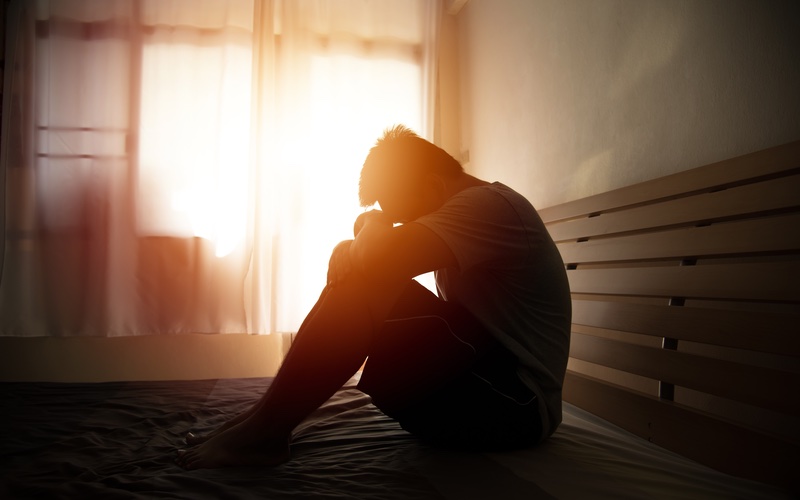
Can Light Therapy Treat Depression?
Depression impacts millions of people worldwide, taking a toll on daily life and overall well-being. Standard treatments like therapy and medication are crucial for managing this complex and challenging condition, yet they also only make up a portion of an effective treatment plan. Another possible method for addressing depression is red light therapy. Explore the emerging evidence supporting the use of red light therapy for depression.
How Does Red Light Therapy Impact Mental Health?
Red light therapy uses gentle, non-invasive, and targeted light at specific wavelengths of red and near-infrared light. Also called low-level laser therapy (LLLT) or photobiomodulation, red light therapy works by penetrating the skin and stimulating a cellular response using specific light waves. This type of therapy is often used in dermatology and pain treatment, but studies suggest it can have significant effects on mental health as well.
One crucial effect of red light therapy is increased adenosine triphosphate (ATP) production. The cells use ATP as energy, so boosting ATP production allows for an increase in cellular energy, which in turn creates an increase in cellular function. When the cells in the brain can function with more energy, they can better complete their designated tasks, such as regulating mood.
Additionally, red light therapy may increase blood flow and reduce inflammation. By treating chronic inflammation, whether in the brain or in other parts of the body where it is causing ongoing pain, red light therapy can boost mental health.
Finally, red light therapy can help regulate the circadian rhythm, supporting better sleep and improved mental and physical wellness.
Red Light Therapy and Depression
Red light therapy is commonly used to treat seasonal affective disorder (SAD), but studies show that it may also benefit individuals facing other forms of depression as well. A 2018 demonstrated that light therapy sessions reduced depressive symptoms in participants.1
Red light therapy for depression can provide the following benefits:
- Energy: Because red light therapy supports increased cellular energy in the form of ATP production, it can combat symptoms of depression such as fatigue and chronically low energy levels. In doing so, it may also help individuals engage in additional healthy activities that can combat depression as well, such as practicing physical exercise.
- Sleep: By helping to regulate the circadian rhythm, red light therapy supports healthy sleep patterns. Proper rest can make all the difference for those managing SAD or general depression.
- Pain: Living with chronic pain can often feed into depression and create cycles that are difficult to break. By aiding the body’s healing processes, red light therapy may alleviate pain and pave the way for a more comfortable and joyful lifestyle.
How to Use Red Light Therapy
Red light therapy for depression should complement, not replace, traditional depression treatments like psychotherapy and medication. It can work in tandem with these methods.

While red light therapy is not known to have dangerous side effects, it’s important to remember to select your provider carefully. Make the most of your time and investment by choosing reliable and clinically proven technology. At Light Lounge, all practices and equipment are FDA-approved and medical grade. With the precise wavelength, time of treatment, and procedures in place, Light Lounge strives to deliver the very best possible results. Book your first session free!